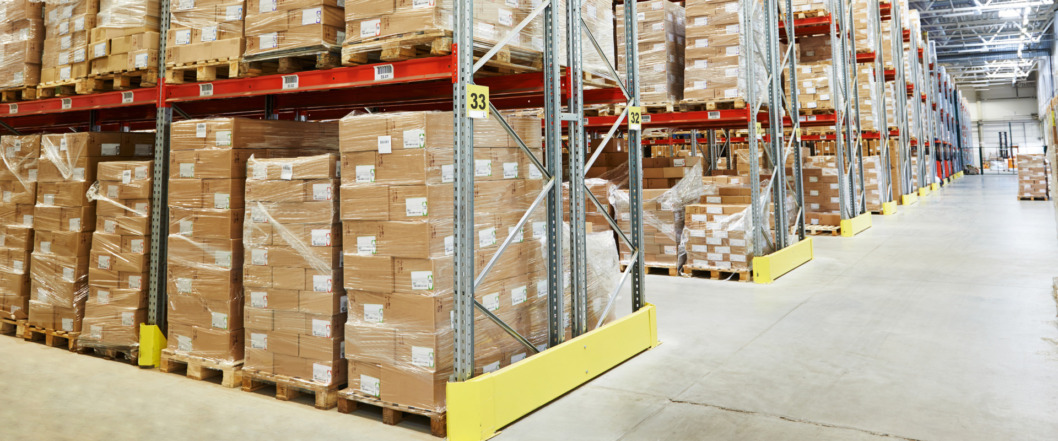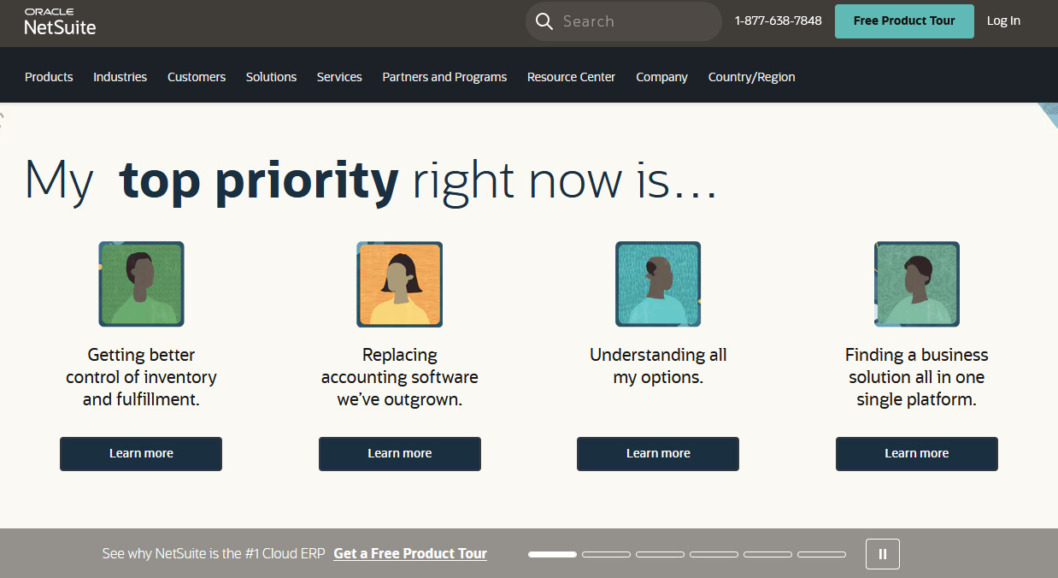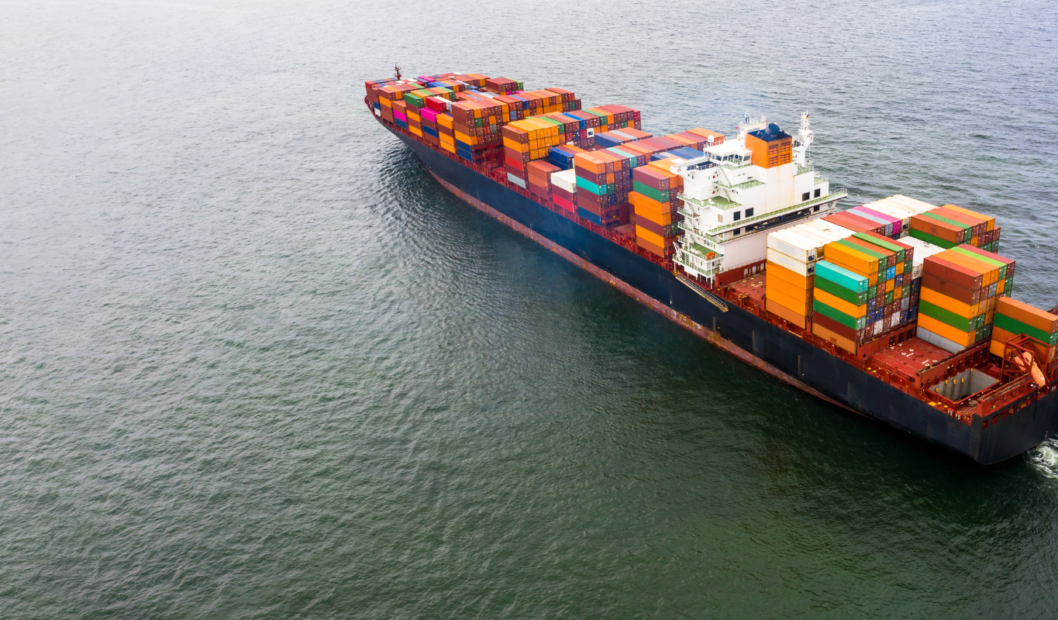International eCommerce is an exciting opportunity for businesses to reach customers around the world. But how do you provide high-quality shipping service to the world at large?
You need to build a fulfillment network. This is especially true given recent changes to global trade policy and U.S. tariffs.
Making a fulfillment network requires connecting multiple regional or national 3PLs (third-party logistics providers) through software. Doing this properly can make a big difference to backend store operations. But that doesn’t mean it’s easy to start!
To help you get started, we’ve put together this step-by-step guide to help you build a top-notch fulfillment network.
Why Establish a Fulfillment Network?
A fulfillment network is a system of logistics providers that handle storage, packing, and shipping of products. As mentioned earlier, 3PL providers are crucial in eCommerce since they can take care of these logistics functions without the eCommerce store owner’s constant input.
A single fulfillment center is a partner. Multiple fulfillment centers working together is a network. Having a network helps businesses scale operations and make sure products reach customers efficiently.
When set up properly, a multi-location fulfillment network offers four key advantages:
- Faster Delivery Times: Localized 3PLs can ship products quickly to nearby customers. For instance, if you have a 3PL in Germany, your customers in Europe will receive their orders much faster.
- Reduced Shipping Costs: Strategically placed 3PLs minimize shipping distances and costs. This means if you have a 3PL in the US and another in Australia, you can serve customers in those regions without paying exorbitant shipping fees.
- Improved Customer Satisfaction: Faster deliveries and lower shipping costs make customers happy. When customers get their orders on time and don’t have to pay high shipping fees, they are more likely to shop with you again.
- Trade Policy Benefits: With warehouses in multiple countries, you may be able to avoid or reduce customs duties by shipping from within a given trade zone. This can help you reduce your exposure to tariffs and lower your overall landed costs.
Put more simply, if you have the right warehouses in the right locations, you can ship your orders to far more places for much cheaper.
The 2 Parts of a Fulfillment Network
To create a successful international fulfillment network, you need to focus on two main components. The first component are 3PLs, who will handle the physical act of shipping. The second component is software, which will send each order to the right 3PL.
#1: Regional/National 3PLs
To build a fulfillment network, you need different 3PLs to act as nodes.
When selecting 3PLs, consider factors such as:
- Location: Choose 3PLs that are strategically located to cover your key markets. For example, if you sell a lot in Asia, you could have a 3PL in Hong Kong or Singapore.
- Reliability: Partner with 3PLs known for their reliability and good track record. Check reviews and ask for references.
- Cost: Make sure the 3PLs offer competitive pricing without compromising on quality.
- Services Offered: Look for 3PLs that provide a range of services, from storage and packing to shipping and returns management.
You want to be strategic with where 3PLs are located. For instance, a US-based eCommerce business might work with 3PLs in New York, Los Angeles, and Miami to cover the entire country with cost-efficient two-day shipping.

#2: Fulfillment Software
Having different 3PLs is a huge part of building a fulfillment network. But when the orders come in, someone – or something – needs to divide up the work. Software can do that for you.
Here is what you would need to consider when choosing software:
- Order Routing: The software should automatically route orders to the nearest 3PL to the customer. For example, if a customer in the UK places an order, the software should route it to your UK 3PL.
- Inventory Management: Keep track of stock levels across all your 3PLs. This will help you avoid stockouts and overstocking.
- Real-Time Tracking: Provide customers with real-time tracking of their orders. Nervous customers like to check their order status. Being transparent with them will help build trust.
The right fulfillment software, such as Orderhive or Cin7, to name some examples, can help streamline operations. When set up correctly, this can seamlessly divide up orders, sending them to the warehouses best equipped to handle them.
How To Build Your International Fulfillment Network in 5 Steps
Building an efficient international fulfillment network is obviously a large project. But you can still break it down into smaller, more manageable tasks.
Here are five straightforward steps you can follow to get started.
#1: Research and Select Regional/National 3PLs
Start by identifying potential 3PL partners in the regions you want to serve. Research companies that have a good reputation and offer the services you need, such as storage, packing, and shipping. Look for companies that are known for reliability and efficiency.
- Evaluate Capabilities: Make sure the 3PLs can handle your product types and volumes. For example, if you sell electronics, ensure the 3PL has experience in handling and shipping such items.
- Negotiate Contracts: Once you find suitable 3PLs, negotiate contracts and service level agreements (SLAs). Clear SLAs help set expectations and ensure that both parties understand performance standards.
Choosing the right 3PLs helps you lay a strong foundation for your fulfillment network. No matter how well you set up your software, if something goes wrong with the physical shipping process, the result is the same: late packages that cost too much to ship!
#2: Choose the Right Fulfillment Software
Next, you need to select order routing software that can manage your network efficiently. Explore popular options like Salesforce, ShipStation, NetSuite, and others.
A few factors you will need to consider include:
- Compatibility: Ensure the software works well with your existing systems. That includes your eCommerce platform and other existing inventory software you use.
- Scalability: Choose software that can grow with your business. As your order volume increases, the software should be able to handle the extra load without slowing down.
- Ease of Use: The software should be user-friendly for your team, making it easy to manage orders and track shipments.
#3: Integrate 3PLs with Your Fulfillment Software
Set up integrations between your 3PLs and your order routing software. You want seamless data exchange. That’s how you make sure orders get processed smoothly.
Set up the software to route orders based on factors like location, stock levels, and shipping costs. For example, an order from a customer in France should be routed to your European 3PL, while an order from Australia should go to your Australian 3PL.
Once you do this, you can use the software to automate and streamline your fulfillment process. This reduces errors and speeds up deliveries.

#4: Test the Network
This is not a flashy tip, but it’s expensive to ignore it! Before launching your network fully, you need to test it carefully.
Steps in the testing process include:
- Simulate Orders: Create test orders in your system to simulate actual customer purchases. Test various scenarios, such as different regions and shipping methods. You want to make sure the network can handle all possibilities.
- Run Pilot Programs: Start with a small group of real orders to gauge performance. Watch key metrics like delivery times, accuracy, and customer satisfaction.
- Collect Data: Gather data from test and pilot orders to identify any issues or bottlenecks. Use this information to refine your network before a full rollout.
During your testing process, you might find out, for example, that orders to Asia are taking too long. This could lead you to choose a different 3PL in that region or adjust your order routing rules.
#5: Launch and Monitor the Network
After testing, you can roll out the fulfillment network. For best results, gradually scale up operations to include all regions and handle more orders. You want to make sure all 3PLs and software are fully integrated and operational.
Again, you will need to use your fulfillment software to track performance metrics like delivery times and order accuracy. This is, ultimately, about making sure items get to the right people in the right place, on-time and intact.
Keep an eye on this data and that will help you track trends and see what can be improved. Keep tweaking order routing rules and stay in touch with your 3PL partners. Optimization and communication go a long way!
Common Fulfillment Network Challenges
Building and maintaining an international fulfillment network can be quite challenging. But if you’re smart about how you approach it on a strategic level, your main concern will be handling day-to-day operational issues.
Here are some common obstacles and how to overcome them.
#1: Complex Logistics Coordination
Managing multiple 3PLs across various regions can get complicated. Each 3PL might have different systems and processes, making coordination a headache.
Using centralized fulfillment software as we’ve stated earlier will help you coordinate logistics seamlessly. The main thing you need to do once selecting and rolling out good software is to regularly test and monitor it.
With enough order volume, small quirks in routing can lead to big additional expenses in postage. It’s worth making a habit of routinely monitoring your order routing software to make sure it’s working well.
#2: Customs and Regulatory Compliance
Different countries have varied customs regulations and compliance requirements. This can be a hassle to navigate, especially if you’re shipping to multiple countries.
Work with 3PLs that know how to handle international shipping and customs. They can keep your company compliant and help you avoid costly delays.
#3: Cost Management
Shipping internationally can be expensive, with fluctuating costs due to factors like fuel prices, tariffs, and currency exchange rates. To keep shipping costs down, make sure your order routing is optimized to choose the most cost-effective route. This is one of the biggest things you will want to get right.
Plus, once you consider the recent U.S. tariff increases in 2025, it’s more important than ever to monitor landed costs. That is, the total cost of getting a product to the customer, including duties and customs fees. If you’re shipping internationally, use HS code optimization and work closely with customs brokers to keep costs down.
Once you have enough leverage, it might also be smart to negotiate favorable rates with the 3PLs in your network. If you ship enough orders with them, they will likely want to keep you as a client and may be more flexible. Those price breaks can add up!
#4: Inventory Management
Keeping track of inventory across multiple locations can be tough. You need to know exactly what’s in stock at each 3PL to avoid stockouts and overstocking.
To that end, the best thing you can do is make sure your order routing software also has robust inventory management functions. This is something worth vetting before you commit wholeheartedly to using a system as a core piece of your fulfillment network.
#5: Technology Integration
Fulfillment networks are built on computer networks. That means keeping up a smooth data exchange between your system and your 3PLs. But ask any IT person you know, and they’ll tell you – different systems don’t always communicate well with each other.
From time to time, run and test and make sure all your 3PL integrations are working properly. The last thing you want to see is orders going out late because of some obscure technical hiccup. Much better to be proactive here!
#6: Customer Satisfaction
You know what it’s like to get a package late! As you can imagine, any delays and errors in fulfillment can negatively impact customer satisfaction. Customers expect fast and accurate deliveries, and any glitch can make them mad.
Use your fulfillment software to track how long orders take to be processed and delivered. If you see delays, look into the problem and address the root cause, such as switching to a faster 3PL or improving your order processing system.
#7: Trade Policy Changes
International trade policies can shift rapidly, impacting duties, tariffs, and shipping regulations. The U.S. tariff increases in 2025 are a perfect example of how sudden changes can raise costs and complicate fulfillment logistics.
To protect your business, stay informed about major trade developments and maintain flexibility in your fulfillment network. Working with multiple 3PLs in different regions gives you more options if tariffs or regulations make one shipping route less viable.
Depending on how big your business is, you might also want to consider diversifying suppliers and fulfillment partners across multiple countries. This can be a good way to hedge against future trade disruptions.
Final Thoughts
For large eCommerce shops, having a well-connected fulfillment network is incredibly important. Having the right software and the right 3PLs is what makes it possible to ship across the world quickly and cost-effectively.
If you set up your fulfillment network properly, you can keep customers happy and expand your global reach. All while keeping costs down too!
Yes, setting up a fulfillment network is a huge task. But if you break it down into its two main parts – picking the right software and picking the right warehouses, it’s a lot easier to understand.
Don’t let the complexity scare you. There are a lot of good software options and a lot of good 3PLs in the world. If you find the right ones to work with, you can get a fulfillment network built out in record time.

